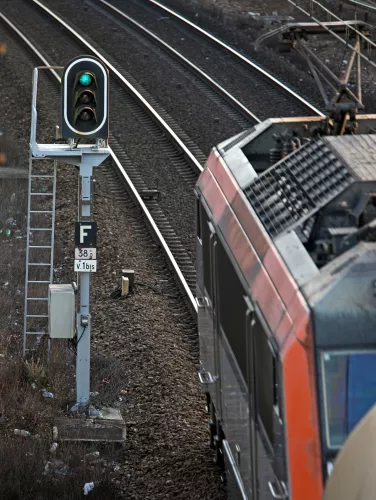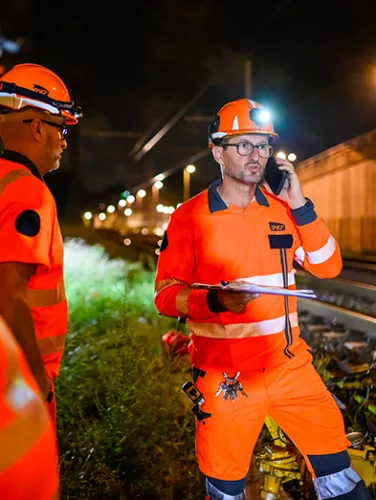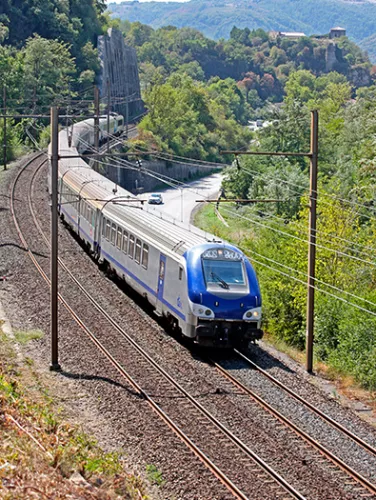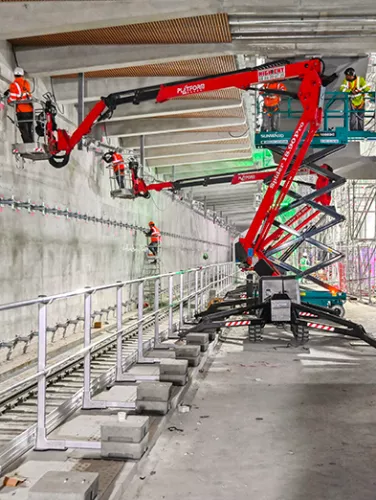Eco-design
We adopt a systematic eco-design approach, which involves integrating ecological criteria right from the design phase of our products, systems and projects. The aim is to optimise environmental performance at every stage in their life cycle.
For example, our specifications and methodological guides include a section on the environmental aspects of our projects.
Energy sobriety
We are developing technologies that enable us to save energy and therefore reduce the impact of our activities on climate change.
Examples:
- the Start and Stop system, tested at Saverdun (Ariège) to disconnect the electrical substations during periods when there is no traffic or no energy needs, and switch them back on again before a train passes, thus saving between 40 and 50 MWh per year.
- superconducting cables, being tested since 2022 at Montparnasse station (Paris) to carry as much electricity as five traditional cables, without any loss of energy!
- a patent filed with Moïz to generate energy from temperature differences on physical objects.
Protecting biodiversity
With 28,000 km of lines and 95,000 ha of railway rights of way, the rail network is home to and traverses a multitude of ecosystems. We invest in research and development to preserve flora and fauna:
- research into alternatives to creosote for treating wooden sleepers
- tests of acoustic scaring devices to keep wildlife away from the tracks
- research into solutions to preserve or restore terrestrial ecological continuity
- combating invasive surrounding species (Japanese knotweed)
- seeding project chosen to better control the vegetation around the tracks
- post-glyphosate projects to weed tracks
The circular economy
The circular economy approach we have been pursuing since 2015 is aimed in particular at reducing and reusing our waste. Today, we know how to give a second life to 50% of track materials. And our aim is to reach 100% in 2025.
Examples:
- green rails
- ballast recycling at the Miramas quarry
- recycling of track components at the Beaune recycling centre
- Reuse of railway materials at Lille La Délivrance




